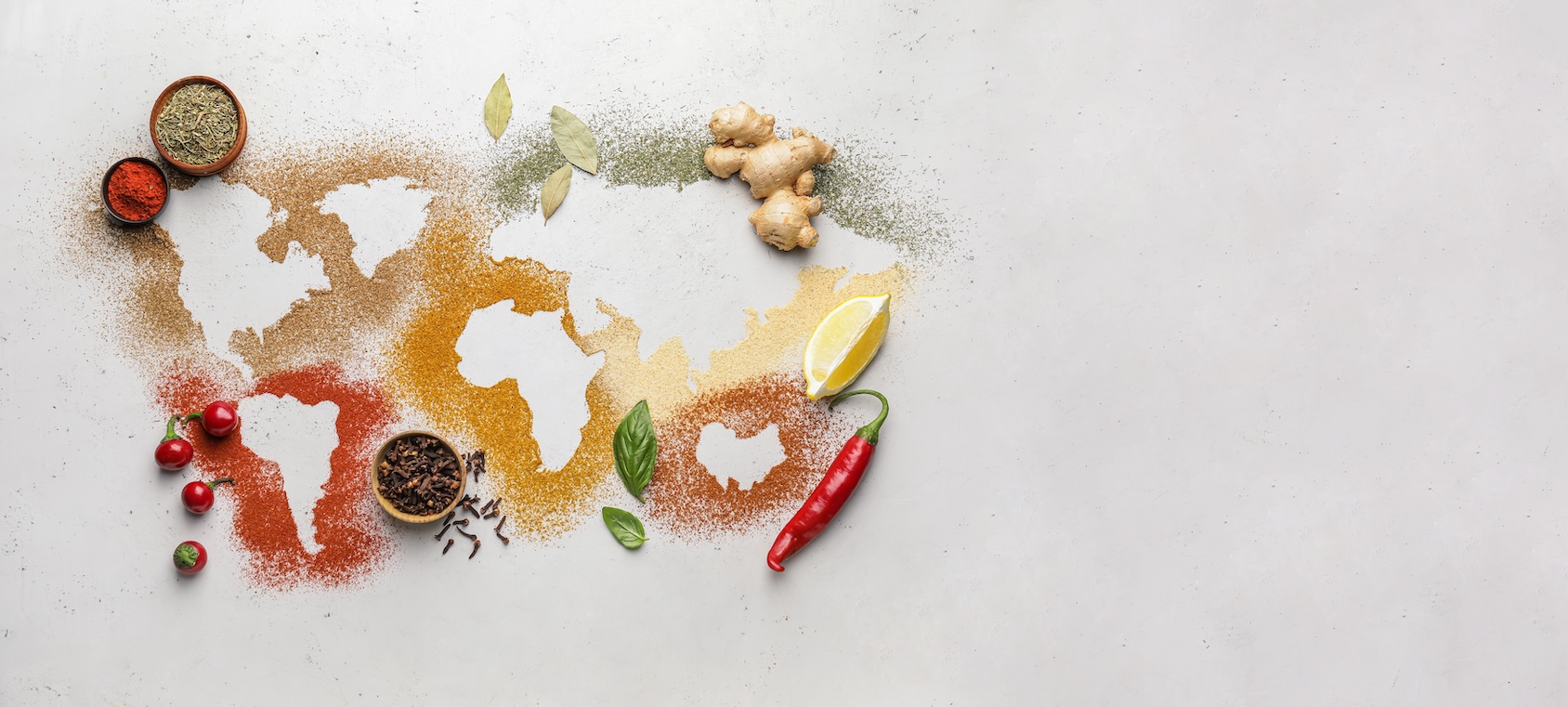Australia
The ANZAC biscuit, a sweet and crunchy baked goodie primarily made of rolled oats and desiccated coconut, is a popular snack among Australians. It’s not a secret that this biscuit is associated with the Australian and New Zealand Army Corps which fought during World War I, thus the term ANZAC.
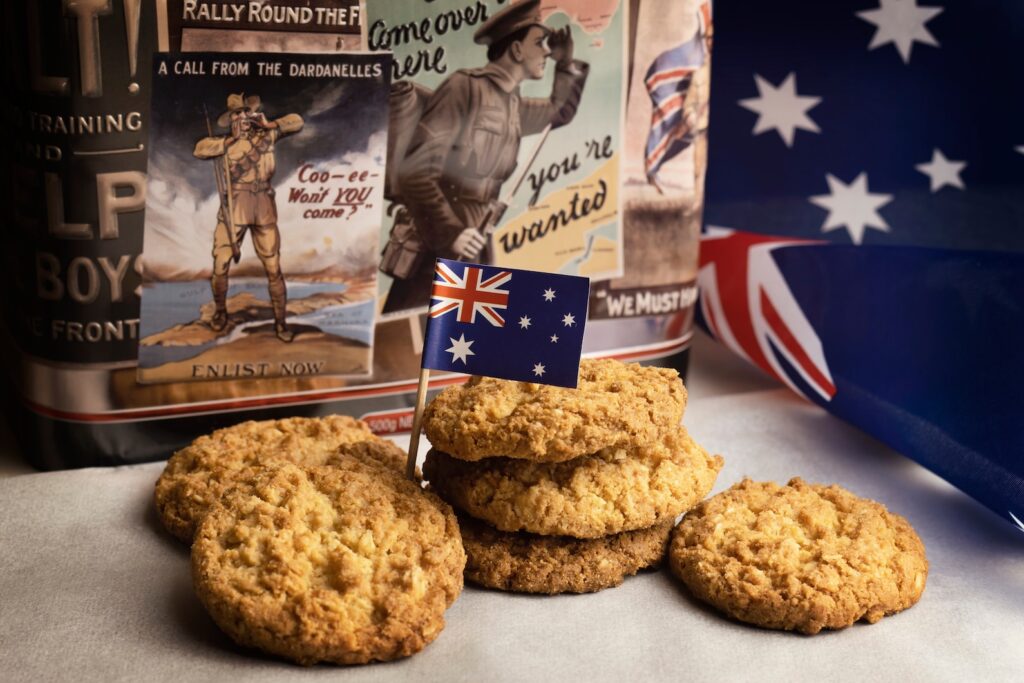
Indigenous Australians first discovered that emu, the second largest living bird in the world next to ostrich, can be eaten. They traditionally hunted the emus for the meat and for the oil, which is said to have healing properties. Emus are very low in fat and cholesterol while containing more iron than beef. Today, emu meat is available in many modern restaurants and served in a variety of ways: smoked, broiled, fried, sauteed, and even as a pizza topping!
Although sausages are not unique to Australia, the locals have made it an essential part of their barbecue tradition over the years. They refer to these sausages as snags, which are made of either pork or beef with various herbs and spices to make it tastier. Aside from barbecued snags, another Australian way of eating them is to have them on a slice of bread topped with fried onions and sauce. Sold everywhere in Australia, snags are recommended as a hangover food, often served with a bottle of soda.
Approximately 35 million packs of Tim Tam are sold each year. With the massive popularity of Tim Tam, it’s safe to say that Aussies really love them. The product contains triple chocolate layers: chocolate biscuits with a chocolate filling coated in melted chocolate.
Australia’s’ first takeaway food was the meat pie. Australians do not claim to be the origin of meat pies, but one thing is for sure: it’s the country’s first takeaway food, long before fast food chains were a thing. Meat pies became popular in Australia during the early colonial days and were sold from street carts. Sometimes referred to as a “dog’s eye,” it’s basically a pastry shell filled with meat, gravy, and other savory ingredients. Aussies are into meat pies so much that they even have an Official Great Aussie Pie Competition, a national event held since 1990. Meanwhile, the oldest surviving pie cart in Australia is Harry’s Café de Wheels, located in Sydney.
Canada
Of course, Poutine is undeniably one of the most popular foods. It’s as simple as it is delicious, made up of French fries and cheese curds covered in gravy. Although these days, there are plenty of add-ons to this dish, including the likes of bacon, pulled pork, onions, and so on. Poutine originated out of the province of Quebec, in and around the Centre-du-Quebec, in the late 1950s.
Saskatoon Berry Pie, with its sweet and nutty/almond-like flavor, is a fan favorite too. Saskatoon berries are also referred to as “prairie berries,” and while they look a lot like blueberries, they’re more closely related to apples. The pie consists of Saskatoon berries (obviously), sugar, flour or cornstarch, and lemon juice (or zest), all piled into a pie crust and often enjoyed with a scoop of ice cream if the urge strikes.
Who doesn’t love baked beans? Not Canadians. Baked Beans are a national favorite too. Whether it’s for breakfast, lunch, or dinner, baked beans are a versatile side dish that can be eaten alongside any meal, from morning eggs (made any way you like) to hot dogs, grilled cheese, BBQ ribs, and so much more. With a sweet and savory flavor, they can even be eaten as a main dish by sprinkling some crumbled bacon atop and adding a crusty bun on the side.
Maple Taffy on Snow is said to have come about when, in the 16th century, a nun set out hot molasses within the cold snow to help recruit students to her school, and Maple Taffy was born. Today, nothing screams “Canadian” more than boiling up that sweet golden liquid to pour over snow. The result equals out to a sticky, sweet, gooey dessert (lollypop-like) on a stick.
Although it is a Canadian favorite, there is not a national consensus on how to name it. Date Squares are universally popular but go by different names. This traditional Canadian dessert square is made of cooked dates with oatmeal crumble atop. In the east of Canada, it’s known as date crumbles and can be found in coffee shops, while the west refers to the dessert as matrimonial cake.
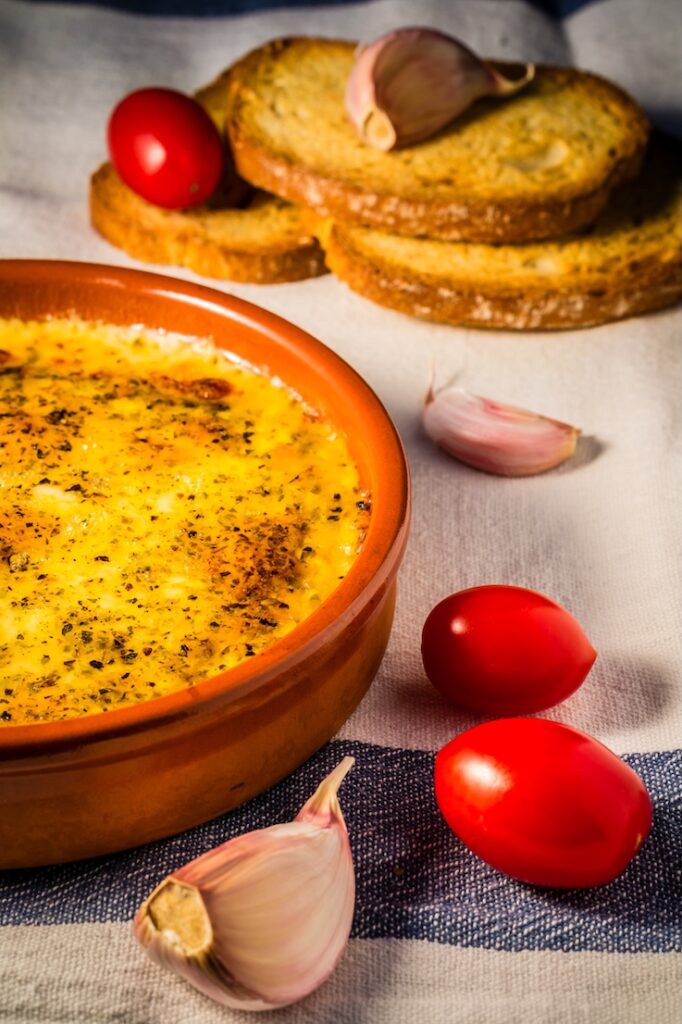
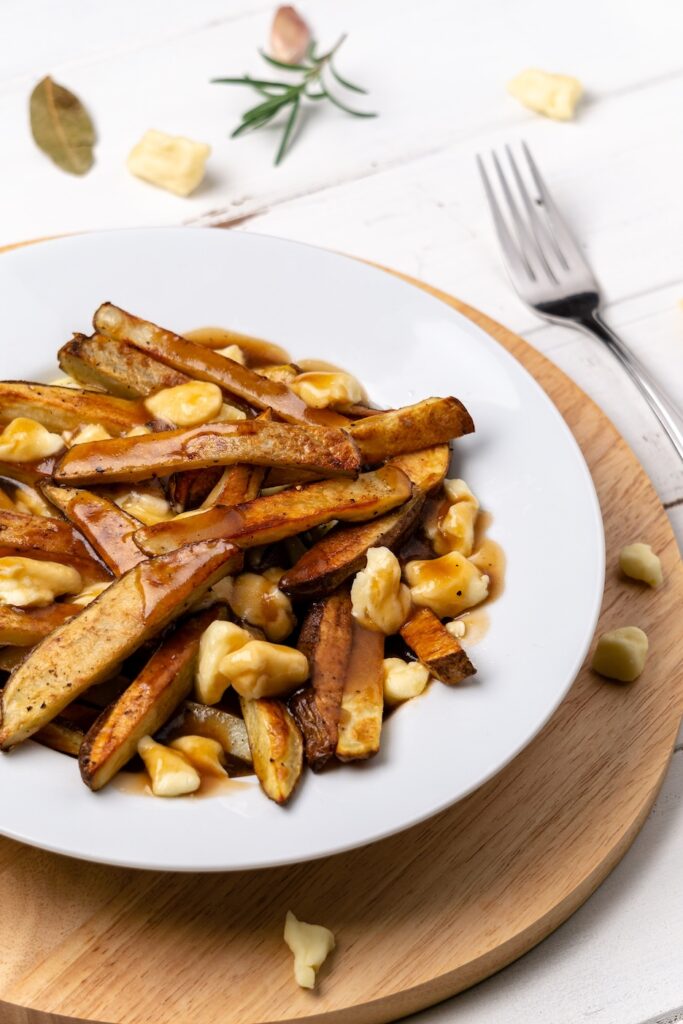
Argentina
The traditional Argentine barbecue, Asado, is a beloved culinary tradition there. It’s observed with various cuts of meat, typically beef, and cooked over an open fire. The slow cooking process gives the meat a rich and smoky flavor, in which Argentines take great pride. Asado gatherings are a social affair, bringing family and friends together to enjoy delicious grilled meats.
Mate is the national drink of Argentina and holds a special place in Argentine culture. It’s prepared by steeping dried yerba mate leaves in hot water and then sipped through a metal straw called a bombilla. Mate drinking is a social activity, often shared among friends and family.
Italian immigrants to Argentina greatly impacted its food scene, and Provoleta, a traditional Argentine dish influenced by Italian culture, proves this case. The dish is made by grilling provolone cheese until it becomes gooey and slightly charred on the outside. It’s often seasoned with oregano and red pepper flakes and served with crusty bread. Provoleta is a cheese lover’s delight and a must-try when experiencing Argentine cuisine.
The popular breaded meat dish, Milanesa, is typically made with chicken, beef, or veal and coated in breadcrumbs. It’s then fried until golden and crispy. Milanesa is often served with a side of mashed potatoes or salad and is a comfort food favorite in Argentina.
Locro is a hearty and flavorful stew and dates to the pre-Columbian era. It’s composed of corn, beans, meat (usually beef or pork), and a variety of vegetables. Locro is often enjoyed during national holidays and celebrations, and its warm and comforting flavors make it a favorite among Argentines.
Kenya
A dish that is prevalent throughout Kenya is Ugali. This traditional Kenyan side dish is made from ground corn and is cooked with water to form a thick porridge, very similar to firm polenta. Ugali is often served alongside savory entrees such as beef curry stew, making it a classic Kenyan comfort food.
Another national favorite is Sukuma Wiki, a dish made with collard greens (Sukuma) cooked with onions and spices. It is often served and eaten with ugali.
Nyama Choma is Kenya’s unofficial national dish. Its name, meaning barbecued meat in the Swahili language, is a literal translation. The meat is usually goat or beef, served roasted throughout the country, from roadside shacks to fine restaurants. Nyama Choma is slowly cooked over an open fire using charcoal.
A dish that receives accolades and is one of Kenya’s most delicious is Kachumbari. This salad is made from thin slices of fresh ripe tomatoes, onions, green/red pepper, lemon juice, and coriander. Kachumbari is best served with Nyama Choma or pilau, another popular coastal Kenyan dish.
Githeri is a simple, nourishing dish attributed to the Kikuyu community in Kenya. The corn and beans are boiled and then fried to make delicious githeri. It can be served with either rice or chapatis. Avocado is also a favorite accompaniment.
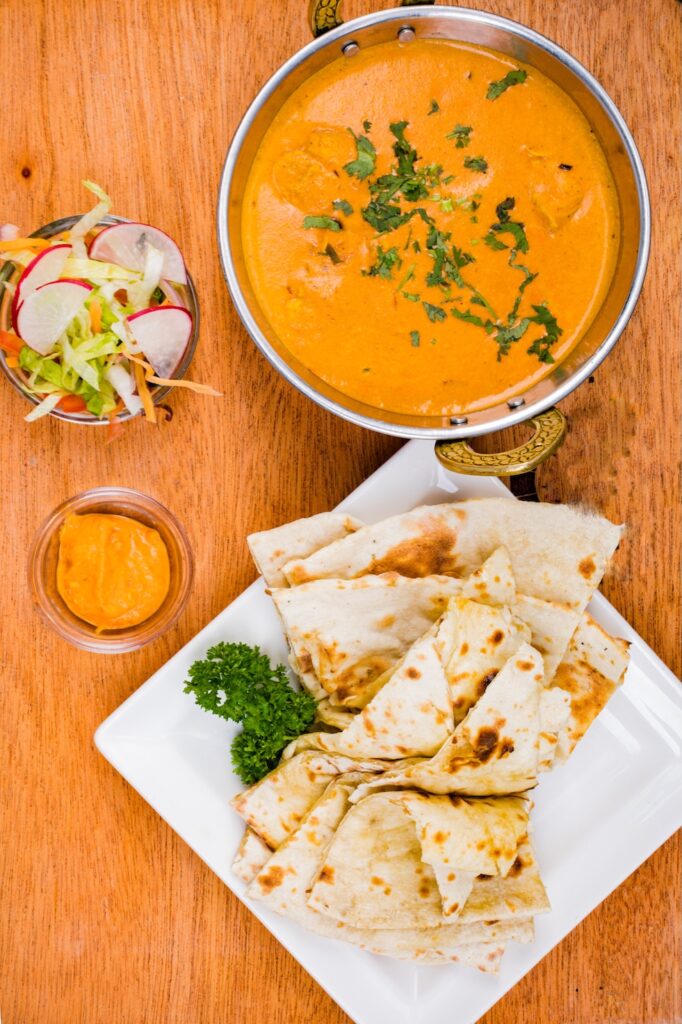
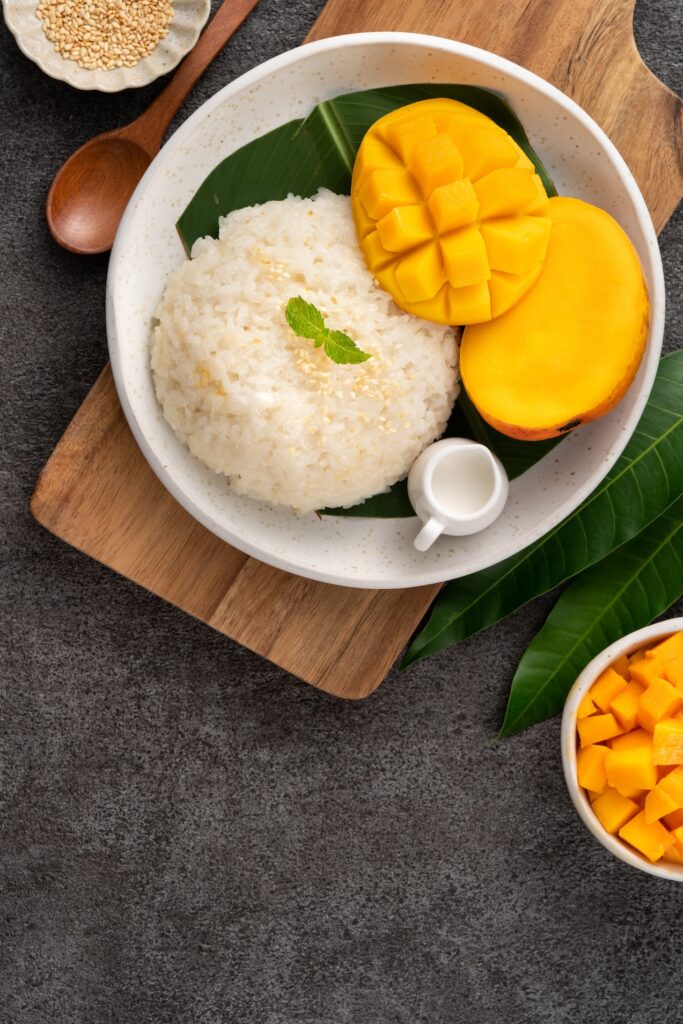
Laos
Sticky rice, known as khao niao, is one of Laos’ national cuisines. It is eaten at every meal at all times of the day in Laos. The Laotians eat more sticky rice than any other nation in the world as they believe that sticky rice is meant to hold the communities of Laos together. The Lao also refer to themselves as “descendants of sticky rice.” You can easily find sticky rice in a cone-shaped woven basket or on skewers barbecuing over a grill on the streets. It can be served together with grilled meat, fish dishes, salads, or even omelets.
Laos Larb is the signature dish of Laos, which is differently spelled as larp, laab, or laap sometimes. It is a spicy mixture of thinly sliced meat or fish with a variable combination of herbs, greens, and spices. This dish can be served in cooked or raw versions.
The papaya salad known as Tam Mak Hoong is a quintessential Lao recipe. Tam Mak Hoong is made with unripe shredded papaya, fish sauce, chili peppers, salt, sugar, other herbs and vegetables. It can be served with sticky rice or rice noodles to achieve more balance to its spiciness.
Mok Pa is delicious and is widely loved throughout Laos. It is a fragrant steamed fish, in which the fish is soaked in vibrant local flavors including kaffir lime leaves, lemongrass, chili, onion, and fish sauce, which is then neatly tied into a banana leaf using bamboo string and steamed until the fish is perfectly done.
Laotian grilled chicken, called ping gai, represents the flavors of Laos. A marinade including soy, fish, and oyster sauce with freshly ground black pepper, sesame oil, and a pinch of cayenne on the chicken is its base. The longer the marinade sets, the better the flavoring of the chicken.
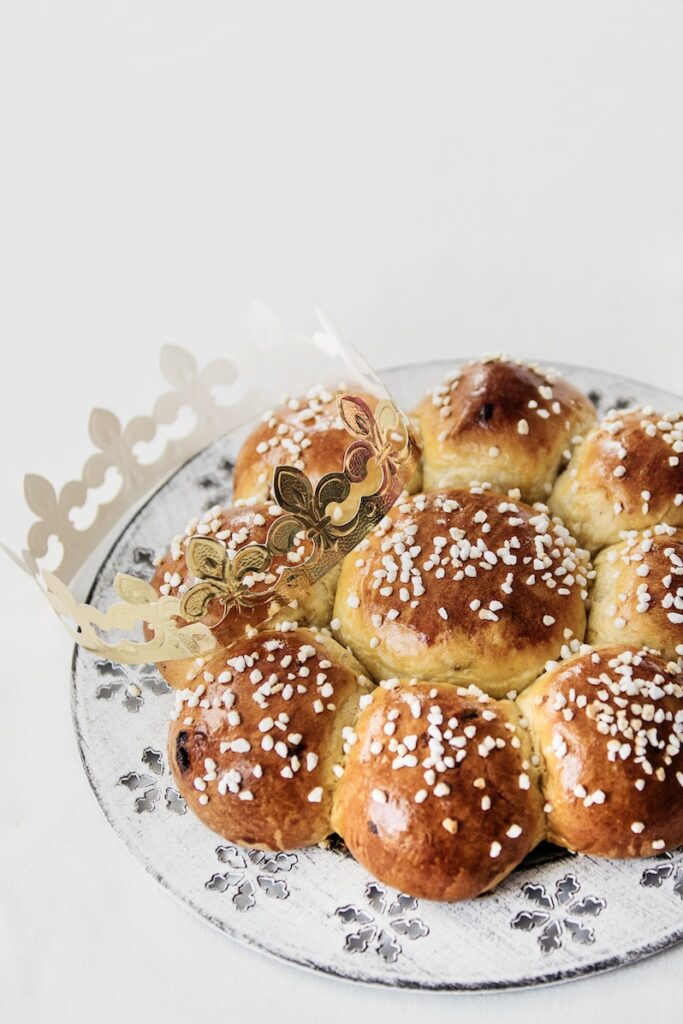
Liechtenstein
There’s no better way to start this list than with käsknöpfle, a national dish of Liechtenstein. It consists of small noodles or dumplings layered with cheese and topped with caramelized onions. In Liechtenstein, käsknöpfle is usually served with an apple purée.
Until the 1970s, ribel was a poor man’s dish in Liechtenstein. Today, you’ll find many restaurants serving this traditional Liechtensteiner breakfast dish. It’s made from corn and wheat cooked in boiling water and milk before being roasted with butter. It’s often enjoyed with an apple purée or other fruit sauces and compotes.
Dreikönigskuchen is known as “the king cake,” and the recipe does vary across Liechtenstein, but size is always a constant. It’s commonly found in bakeries and can also have a figurine hidden inside. The cake dough is sweetened and then studded with raisins and chocolate chips before baking.
Like neighboring Austria and Germany, schnitzel is very popular with Liechtensteiners. The dish is made with thin slices of meat that are often fried with onions and cut thinly or hammered flat with a tenderizer. Once hammered or sliced, the meat is breadcrumbed or covered in flour before frying. Traditionally, the meat used for a schnitzel was veal but don’t be surprised to find mutton, chicken, or pork being used too. This is no longer a meat-only offering as vegetarian versions are starting to pop up all over Liechtenstein.
Hafalaab is a traditional dish of Liechtenstein and is found in restaurants up and down the country. Quite simply, it’s a soup or broth which contains dumplings made from wheat and cornmeal. The soup is flavored with smoked bacon or ham. Like ribel, this is a traditional poor man’s dish which is a specialty of Liechtenstein.

